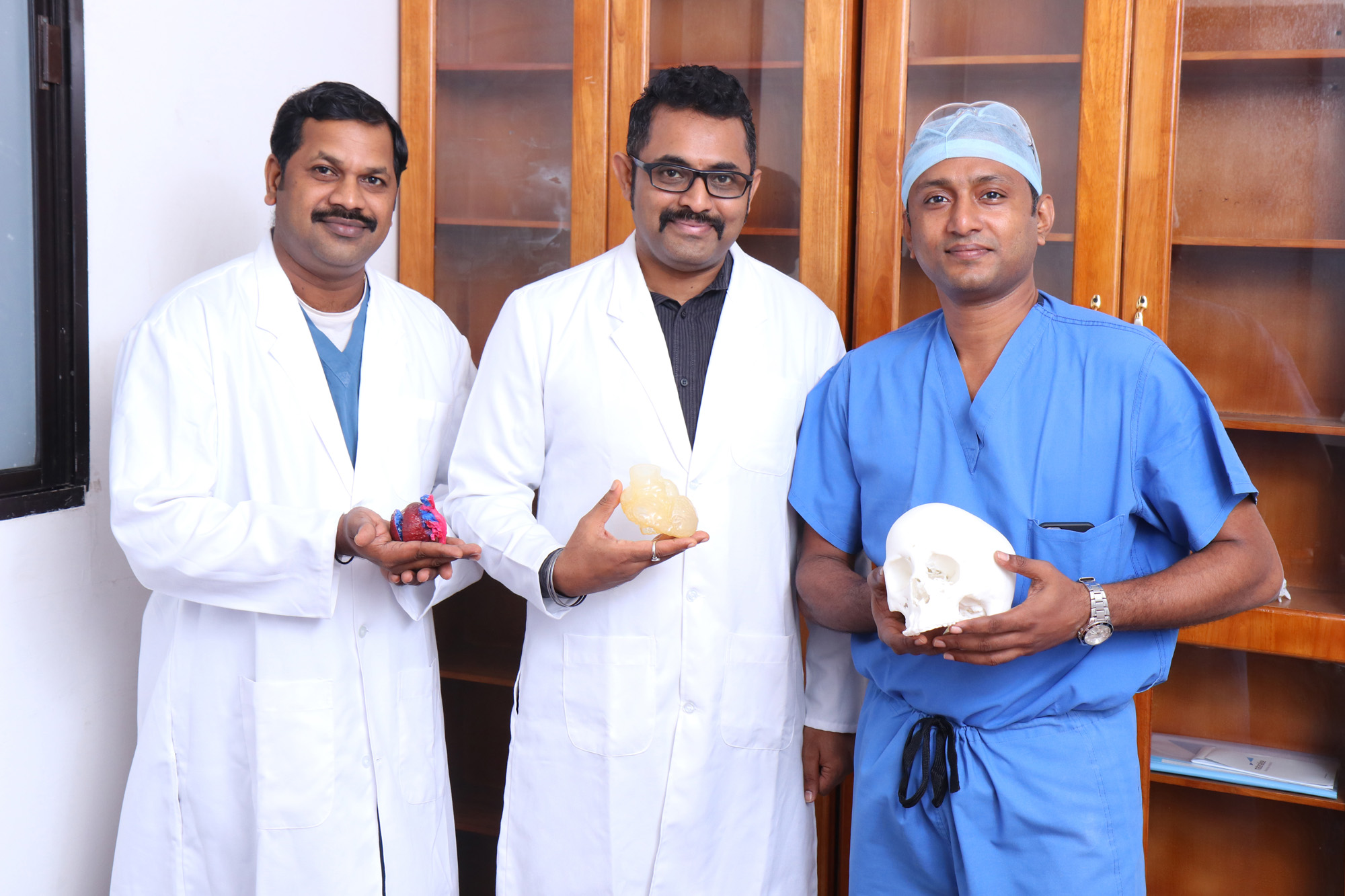Global awareness of the benefits of 3D Printing has been growing steadily over the past years. In Asia, the technology is not as widespread compared to the United States or Europe - but that looks likely to change soon, with India heading the vanguard on the adoption of the technology in particular. The Amrita Institute of Medical Sciences is among the first hospitals in India to set up their own 3D printing lab, and will hopefully inspire surrounding countries to adopt the technology.

How it all started
AIMS initially started small. Senior Pediatric Cardiologist Dr. Mahesh Kappanayil and his team of pediatric cardiac specialists used 3D Printing to operate two Indian teenagers with congenital heart defects, whose cases had been deemed too complex to treat. Using the Materialise HeartPrint solution, the team was not only able to perform successful surgeries on both patients – they were able to ensure that their patients’ lives were no longer dictated by a serious heart condition.
Heartened by their success and convinced of the benefits, AIMS eventually decided to set up a dedicated 3D printing lab for themselves. Ten pediatric heart surgeries have already been performed using 3D Printing. Although the lab’s main focus is still on the cardiology department, the hospital is motivated and ready to expand 3D Printing to other departments (orthopedics, CMF etc.). Three complex orthopedic surgeries were already executed in recent weeks, assisted by 3D prints from the in-house lab. The lab will also be a center for research and development, and will hopefully open up new avenues for multi-disciplinary treatment in the future.

Key reasons for setting up a 3D print lab
AIMS increasingly saw the need for a 3D printing lab due to the high rates of congenital heart disease (CHD) in Asia – nearly 200,000 children a year are born with CHD in India alone. As AIMS has a reputation for high-quality medical care, many patients get referred there. Around 1000 patients a year undergo cardiac surgery or transcatheter treatment at the hospital, and rising population numbers may likely increase the number of CHD patients.
“I was constantly challenged by patients with very complex heart diseases, especially pediatric cases where children grew up with several congenital defects, as these cases may become increasingly difficult to understand and plan a surgery for. For these cases, 3D Printing is a true game-changer because 3D-printed anatomical models give me the information I need to better understand the issues and cardiac pathology, and I can use these insights to plan the best approach.”
- Dr. Kappanayil
The team at AIMS believes that the lab will help surgeons determine the best approach prior to surgery, as well as improving the effectiveness and quality of patient outcomes and the level of care the hospital provides. By setting up their own channel, AIMS intents to save time and costs.
How you can get started with your own 3D print lab
Of course, setting up a 3D print lab from scratch comes with its own challenges. Besides practical requirements such as space and personnel, a completely new workflow needs to be implemented in the hospital’s daily practice. We collaborated with Dr. Kappanayil on his first complex cases, and provided our consultation service on what it takes to integrate a 3D printing process in a hospital framework. Today AIMS is creating 3D anatomical models of their own after successfully adopting a 3D printing workflow. They convert patient scans (DICOM images) into accurate, virtual 3D models and prepare the files for 3D Printing with Materialise Mimics inPrint. Students from undergraduate to post-doctoral level are also able to follow trainee courses at AIMS to enhance their own understanding of patient anatomy.
As AIMS have demonstrated, they were able to go from outsourcing certain cases which required 3D Printing, to setting up their very own 3D print lab in the hospital. After some reflection on the steps they could take, and guidance from our own experts in 3D Printing, they are now able to help more patients with CHD. And so can you! Interested in setting up a 3D print lab in your own hospital? Contact us for more information, or listen to Dr. Mahesh Kappanayil’s webinar to get inspired!
Disclaimer: The 3D-printed anatomical models for diagnostic use created with MIS/Mimics are not commercially available in the US.
